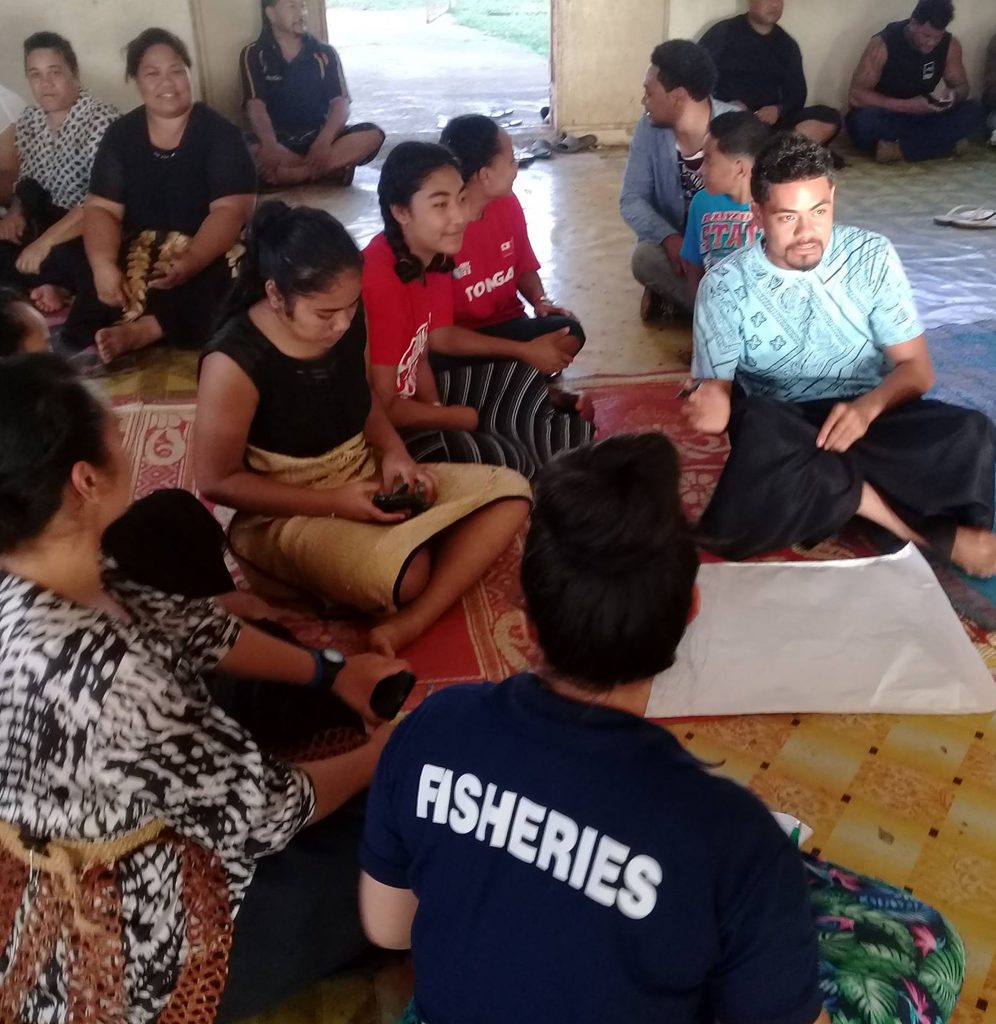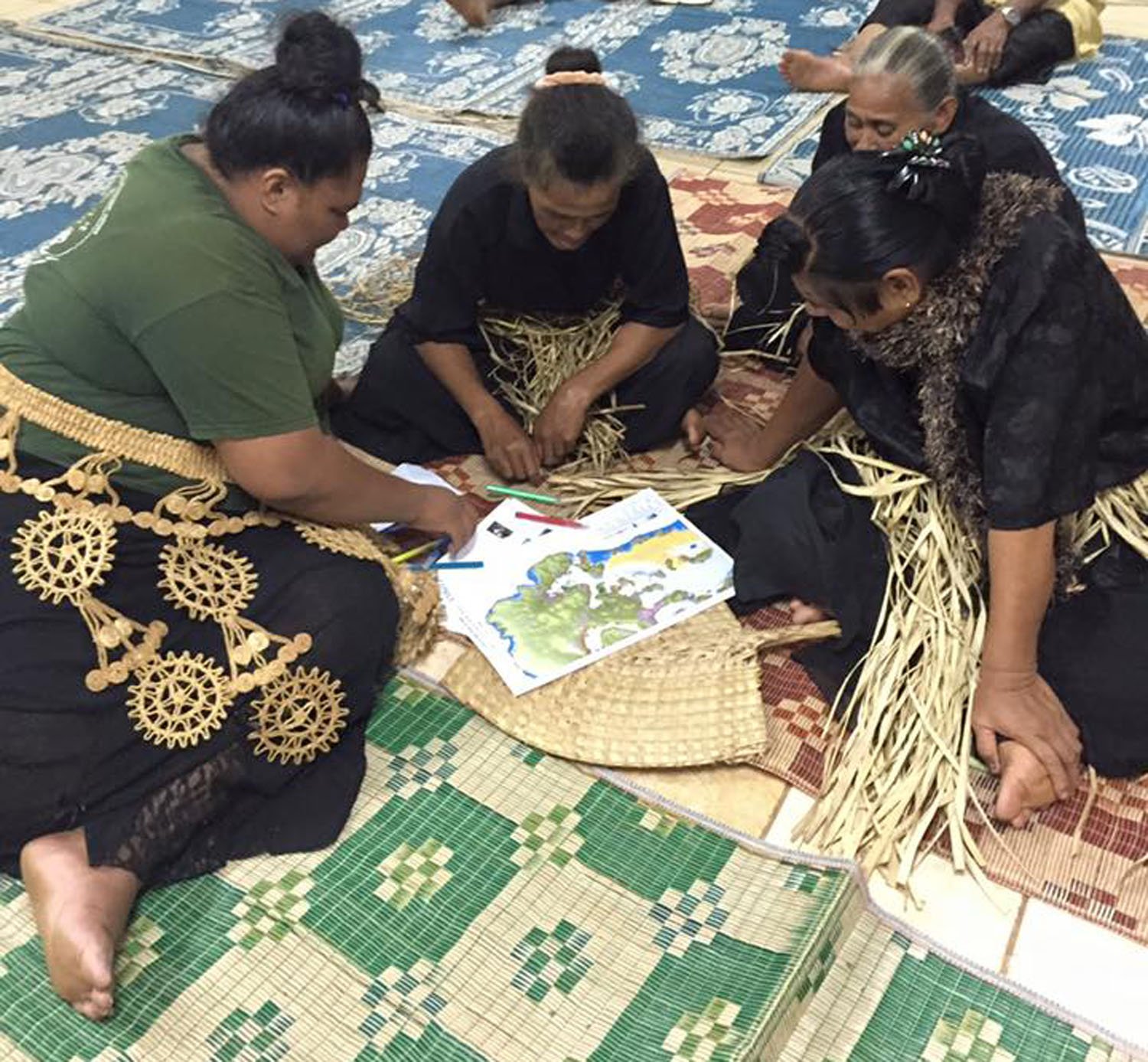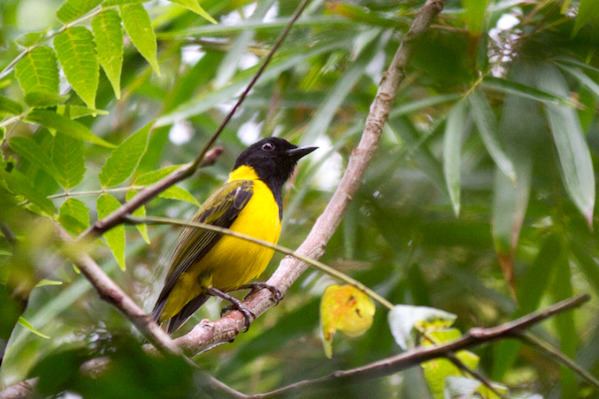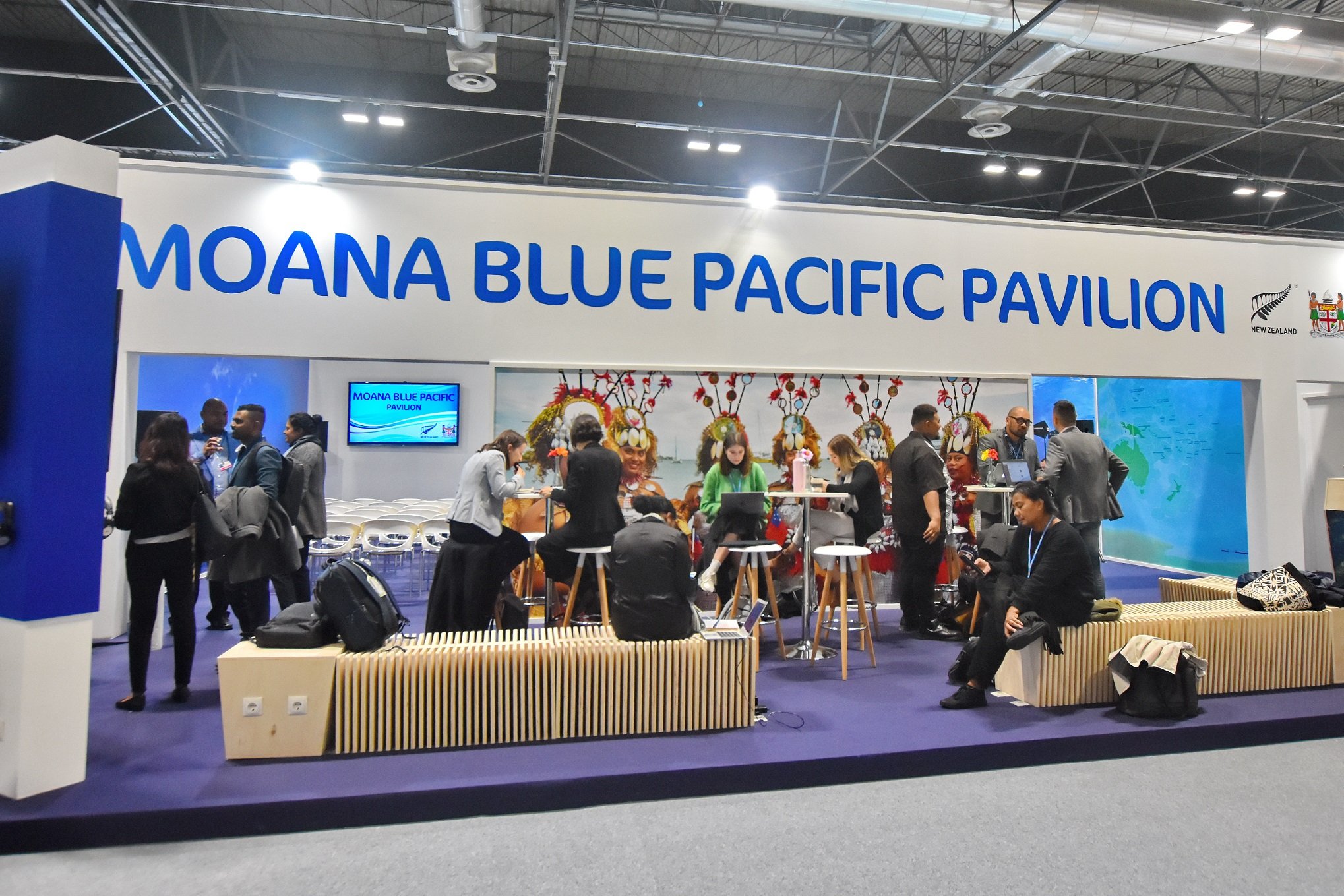NEIAFU, Vava’u – Mullets (scientific name Mugilidae) were caught in waters of Vava’u around 50 years ago.
“We used to have kanahe (mullet) around our island shores,” says Ulaiasi Vaisima, the town officer and local businessman. “Then they disappeared and for most of our lifetime, we did not see this species of fish again.”
Vaisima’s sentiments were shared by ‘Ofu islander Tevita Poasi. He is a fisherman and his daily routine takes him around the islands of the Vava’u group from Monday to Friday.
“We used to have fish on our shorelines back when we were young but then they started disappearing,” he said.
That was about five decades ago. Now the mullets and other fish species are back in abundance in waters around Vava’u since the islands started implementing the community managed Special Management Areas (SMAs) programme about five years ago.
The people of Vava’u have given the proposed Marine Spatial Plan their overwhelming support.
One such island that is now recording the return of the mullets is Ovaka.
“After the SMA was implemented we now have kanahe returning to our shores and we are indeed grateful,” Vaisima tells me in an interview recently. “For us the people of Ovaka, we support the programme because we already know the benefits it will bring to our people and our nation as a whole.”
Poasi of ‘Ofu Island agrees.
“We started implementing the SMA programme five years ago and now we are seeing the benefits. This is amazing that we can now see fish in many different species coming back and of course the seashells, seaweeds and other marine resources that our forefathers used to live on years ago.”
The SMAs programme
So what is the SMA programme?
Principal Fisheries Officer Dr Siola’a Malimali of the Department of Fisheries in Nuku’alofa said the programme is a partnership between the government and the communities.
“The SMA programme is basically a community management programme that gives the community the opportunity to manage their local marine resources,” Dr Malimali said.
“We work with the communities in educating them on what the programme is all about, help them identify what areas they want to manage and help them in the initial set up of the programme in their management area.

“So what this is basically is identifying areas along the community’s inshore area where they want to manage, which means they would like to stop fishing activities in the area for a certain period.”
Within the SMAs are what is called the “No Take Zones”. These zones are marked and no one is allowed to swim, walk into, fish or take anything out of the area.
“What we basically aim to achieve with the SMAs is have the marine life in the area replenished so that we can have new growths with the fish species, seaweeds, seashells and all marine life in the area,” Dr Malimali explained.
“This would help in replenishing the stock and of course fish from the area will also move to other areas that are not included in the SMAs and communities from those areas benefit as well by having fish that had disappeared for some time.”
Fisheries consultant and a former Fisheries Director in Tonga Dr Vailala Matoto said there was a need to implement the SMAs because marine resources were now in demand more than ever before.
“Before families needed marine resources only for themselves or for their church functions or events such as weddings, funerals or birthdays,” Dr Matoto said. “But over the years a lot more activities are happening and the demand has grown so much. We now have commercial fishing for local and overseas sale.
“So the demand have jumped and this has seen the decreases in supplies because those going out are getting in matured and young species all at the same time. We have to right the situation and having the SMAs means young species get the chance to grow and become mature and also the chance to reproduce.”
Communities benefit
The Govenor of Vava’u, Lord Fakatulo, told this reporter in an interview that communities around the island have stories of what fishing used to be like in Vava’u 50 to 60 years ago.
“Back then our families used to have so much from the sea. There was enough for everything we needed,” he said. “But our generation can testify to the fact that marine resources began to disappear. Before our people used to just fish close to their villages on the different islands but in the last 15 years they have had to travel far out to sea to get good catches.
“Our women folks used to just walk close by the shorelines to get seaweed, seashells and other marine resources but these had also disappeared over time. Now we are beginning to hear very good stories from the same islands and villages. The fish are returning and so are other marine resources.”
Vava’u Tourist Association’s Phil Davis said the SMAs have become an important tool for managing local marine resources.
“We support it because we believe it is important in managing marine resources in Tonga and helping in replenishing what many have lost over the years,” Davis told me in Neiafu, capital of Vava’u.
The VTA said by having SMAs, local communities can also enjoy benefits from the tourism industry especially with possible marine tours for tourists.
“With the possibility of coral reefs being included in some of these special management areas that can become tourist attractions because tourists who come to the islands want to see what marine life is like under the surface. And having these projects would certainly earn local communities income that can benefit them.”
The other direct benefit for the communities could also come from possible whale watching in their management areas as whales, which normally visit Vava’u waters annually from July to October, could end up in these areas because they are not disturbed.
“So having whale watching in these areas would mean extra income for the local communities,” Davis added.
Vava’u Pearl Farmer Penisimani Lolohea said the MSA will become an important tool in ensuring that Tonga has sustainable ocean and marine resources in the future.
He said current use needs to be managed so that everyone is able to enjoy the benefits, while at the same time resources are sustainably used for the sake of future generations.
“We see that there is a lot of activities being carried out in our oceans and we are using our marine resources throughout the year,” he said. “Now we see that some of our marine resources have become scarce and lost. We need to bring these back and having a proper management plan would be the best way to go.”
Sixty five year old Siname Talasinga of ‘Olo’ua Island said she has seen dramatic changes over her lifetime.
“I have seen what we used to have in the past, and seen them disappear. Now I see them returning and I am so grateful that there were some wise people who thought about this SMA programme,” the grandmother said.
“Now we know that we can manage our marine resources so that they do not all die out and we have new growths also.”
Challenges
The reduction in the population of marine resources can be attributed to many different factors.
Increased in demand, as Dr Matoto stated, is one major impact.
Others include the fact that there is also climate change effects, which includes sea level rise in some areas; environment pollution especially with plastic bags and bottles that have polluted seas around the island, spills from rain water off land and fertilizers that farmers use inland washing offshore; cutting of mangroves around the beachfront, thus destroying breeding grounds for fish such as mullets and other marine species; and washing of soil into the sea from hills and mountains on some of the islands.
“There are many factors that affect the life of marine resources and we have to work with other stakeholders in ensuring that we can control what we can control,” SMA Officer with the Fisheries Department Latu Aisea said.
Government plans
The Tongan Minister for Environment and Climate Change, Hon Poasi Tei, said his ministry had teamed up with the Department of Fisheries in implanting the programme nation-wide.
“Now we have 25 SMAs around Tonga and more villages have indicated their interest to join the programme because they now see the benefit others are reaping,” Hon Poasi said.
“Government is keen to work with communities around Vava’u and Tonga as a whole in ensuring that local communities can manage their own marine resources because in the long term they will benefit from the programme by having their marine resources replenished.”
Government hopes that majority of the islands in the different island groups in Tonga will have the SMA programme implemented around their local areas.
Fisheries Officer Dr Malimali said they have seen the benefits and are keen to see more communities involved.
“It is a win-win situation for all involved and we would want others to benefit as well,” he added.
For the people of Vava’u the programme has become a life saver. They are reaping the early benefits and are all for managing what they have now for a sustainable future for their children and grandchildren.
“This is now our plan, around the islands in Vava’u, to manage our resources so that we can have them for those who are coming after us,” Govenor Lord Fakatulo added.
“The mullets are here to stay in Vava’u.”
———
This story was supported by the Internews’ Earth Journalism Network (EJN).




